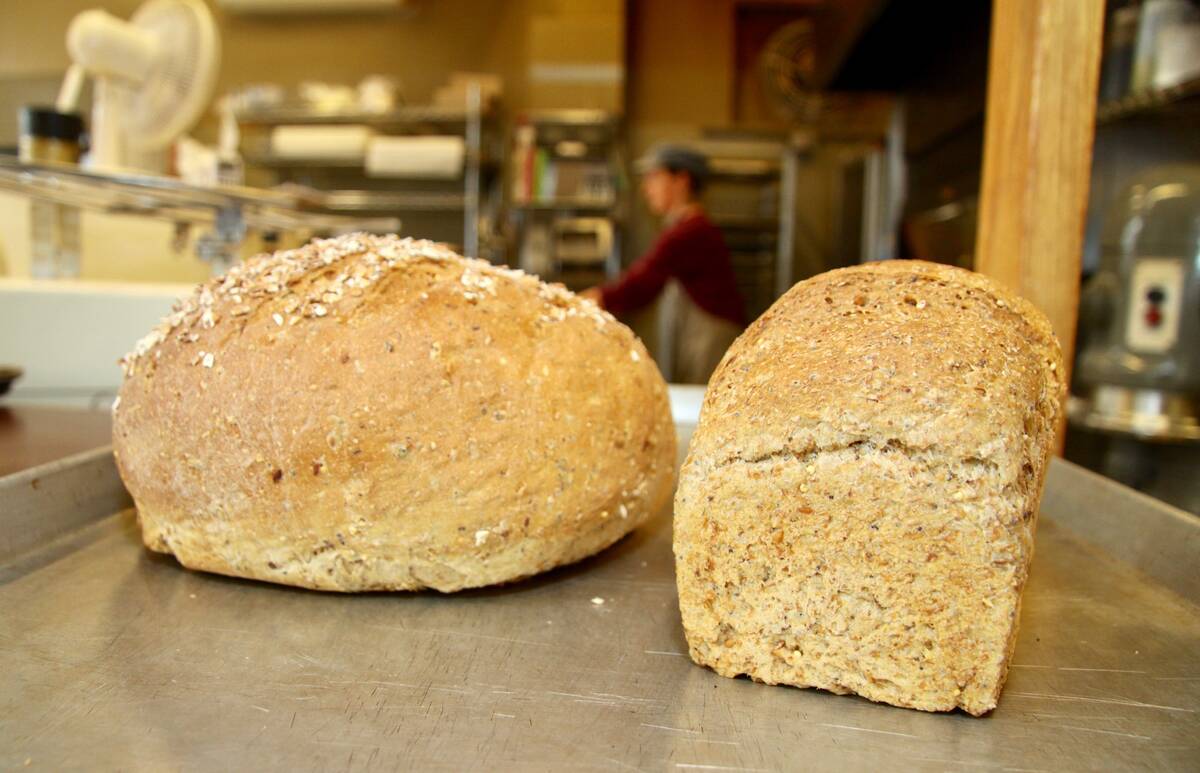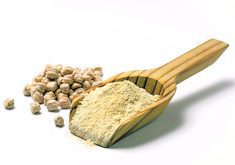SASKATOON — Pulses are making inroads into the US$507 billion global bakery industry, say industry officials.
Chickpea flour is the most popular pulse flour, used in 5.4 per cent of new bakery product launches in North America between 2020 and 2025.
That is followed by lentil flour at 0.8 per cent, fababean flour at 0.7 per cent and pea flour at 0.6 per cent, according to a recent webinar hosted by Pulse Canada.
Read Also

Alberta cracks down on trucking industry
Alberta transportation industry receives numerous sanctions and suspensions after crackdown investigation resulting from numerous bridge strikes and concerned calls and letters from concerned citizens
Incorporation rates are higher in other regions. For instance, 17.1 per cent of new bakery launches in Asia Pacific use chickpea flour, while in Europe it is 19.2 per cent.
Pea protein has also emerged as a popular ingredient in the past 10 years.
“It is found in one per cent of all new bakery launches in the world,” said Tanya Der, director of diversification and market insights with Pulse Canada.
Bakery companies are eager to incorporate pulses because it allows them to use protein and fibre claims on their products, as well as sustainability claims.
Nine per cent of new bread product launches in the world between 2020 and 2024 had high/added fibre claims, while three per cent had high/added protein claims.
Eight per cent of new bread product launches contained a sustainability claim in 2024, up from six per cent in 2019.
Bread accounts for $282 billion, or 56 per cent, of global bakery sales, followed by cakes at $108 billion and pastries at $94 billion. Other categories include dessert mixes, desserts and pies, and frozen bakery.
Der said pulses are nutritious, healthy, vegan, sustainable, versatile, can be used in most baking categories and have good available supply and consumer awareness.
Janelle Carlin, director of quality and processing with Pulse Canada, said pulses offer a lot of benefits, but they also are saddled with quality disadvantages.
They tend to create sticky and extensible doughs, increase water absorption and dough development time and decrease dough stability.
The end product tends to have a darker crust and hues in the crumbs, smaller volumes, a harder texture and undesirable flavours and aromas.
Some of those problems can be overcome with proper selection of pulse types.
“A chickpea might have a bit more caramel notes to it, so it might be a little bit better suited to a sweeter application … versus something like a lentil. They tend to have more peppery notes to them, so more of a savory style product,” said Carlin.
Treatments such as roasting, pre-cooking, infrared heat and sprouting/germination can also alter how ingredients perform and their flavour profile.
Using reasonable inclusion rates might be the biggest factor in overcoming quality issues.
“If you don’t try to stretch it too much, you can really have quite a tasty product,” she said.
Bakers might also want to use wheat flours with high dough strength, such as Canada Western Red Spring, or include strengtheners, conditioners, vital wheat gluten, hydrocolloids or emulsifiers.
Other techniques include adding fats, including masking ingredients such as molasses, honey and malt, adding water, extending mixing times, using lower speeds and baking longer at lower temperatures.
















